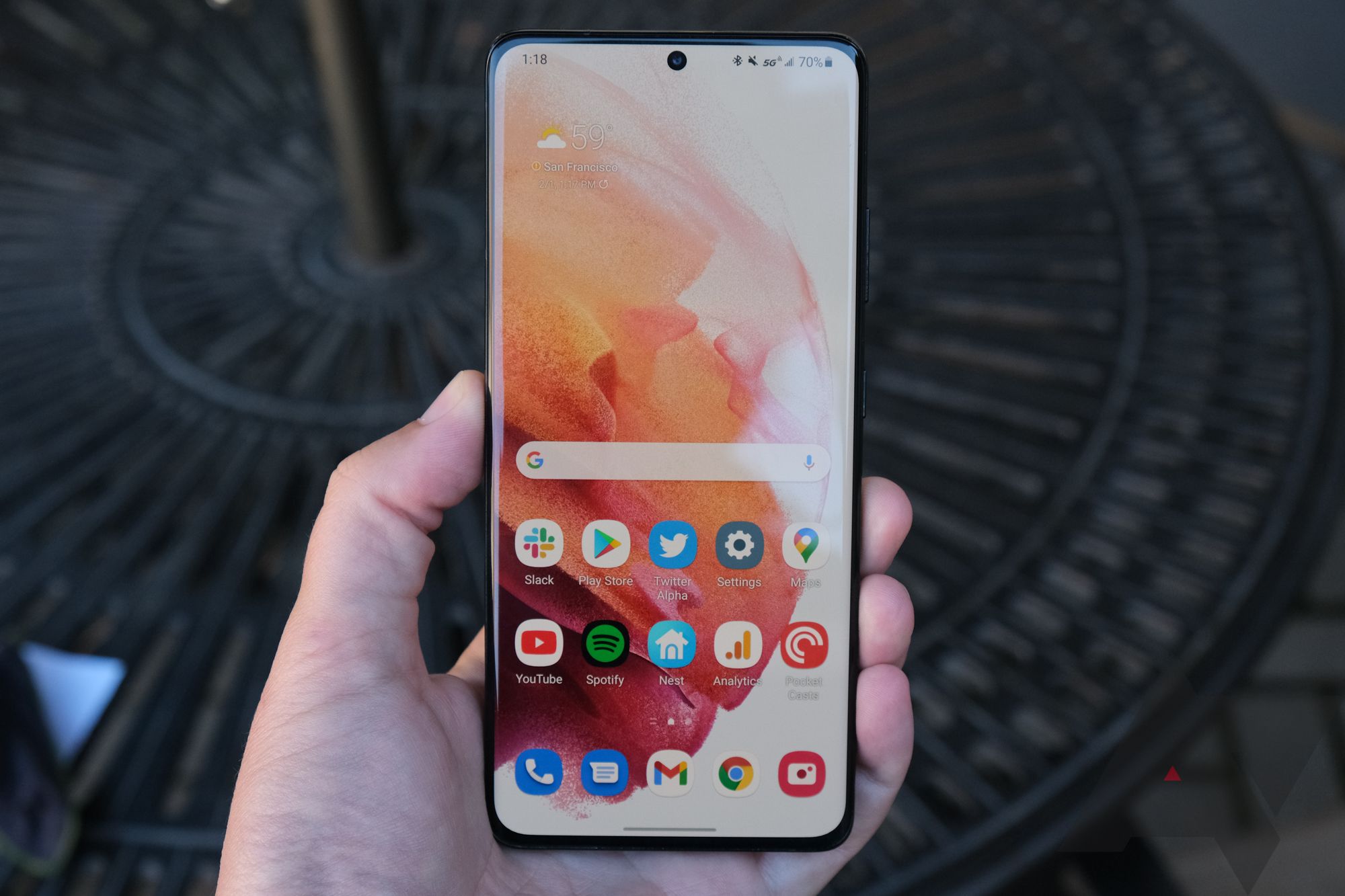When you're buying a new smartphone, shopping for cases often goes hand-in-hand. After all, even budget devices cost a pretty penny these days, and a $15 piece of plastic can go a long way in protecting your investment. For some, screen protectors are another essential day-one buy — but not everyone relies on them.
Back in the early days of smartphones, screen protectors were nothing more than thin sheets of plastic applied over the top glass panel. While those are still around — and some even prefer them — most shoppers likely rely on tempered glass protectors, which mimic the look and feel of the panel covering your display. With that extra sheet of glass, an accidental knock might just shatter your $10 replaceable protector — and not any pieces of the device itself.
Unfortunately, modern phone design sometimes gets in the way of using a screen protector. Whether it's the curved angles used by companies like Samsung and Google, or under-display fingerprint sensors that can struggle to unlock your phone, opting to use a protector these days often comes with its own fair share of trade-offs. We've seen that recently with the Pixel 6, as Google offered a list of verified products that would work with its latest phone.
We asked the AP audience about screen protectors four years ago, but a lot has changed since then. While phone design has continued to change, so has the resilience and durability of its glass. Sure, it's just as scratch-prone as ever — as any regular viewer of JerryRigEverything's videos can tell you — but newer panels from companies like Corning can survive a drop much more reliably than previous generations.
It'll be interesting to see how many of our readers have kept up with screen protectors over the years. I know I'm hit or miss on my devices: my Nintendo Switch has had one applied since day one, but I didn't bother to pick one up for my Pixel 6 a few weeks ago. So, are you using a screen protector on your phone, or did you decide to skip and risk it all?

